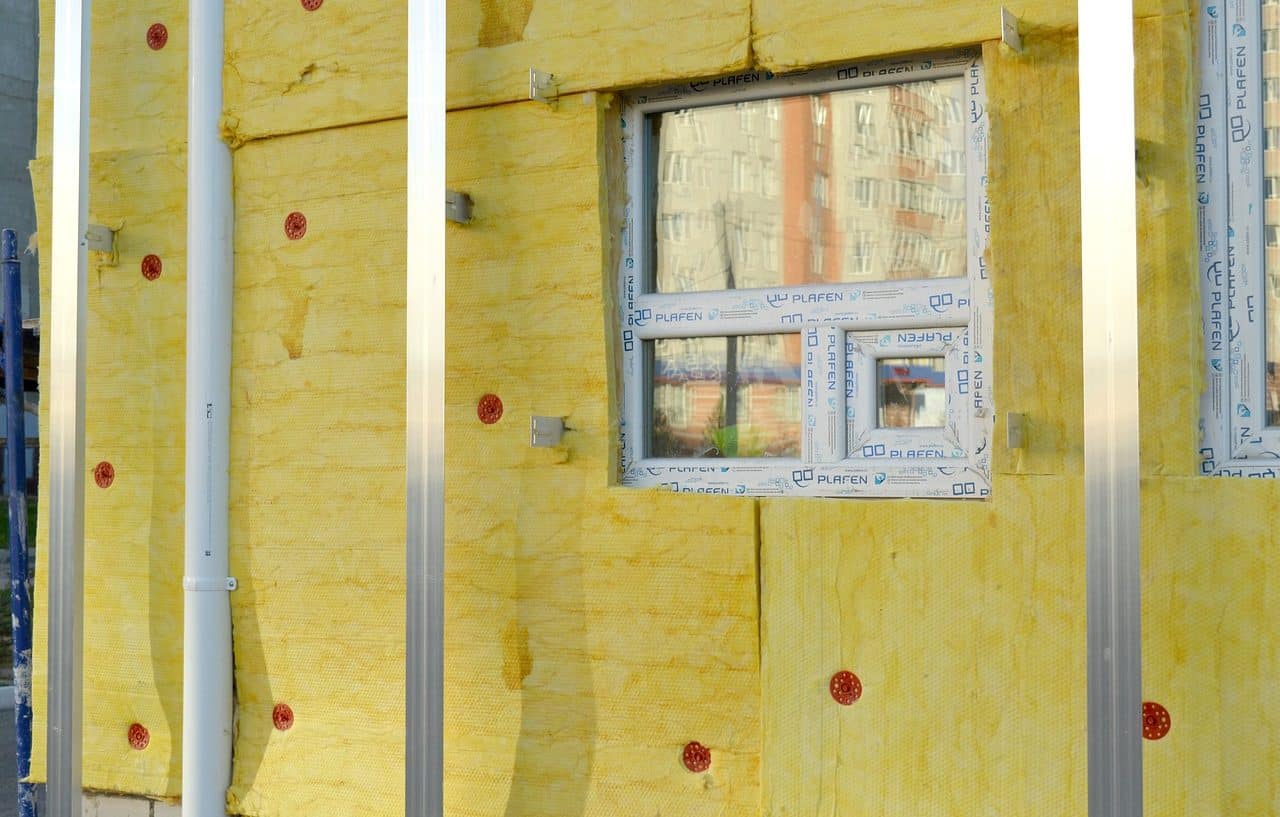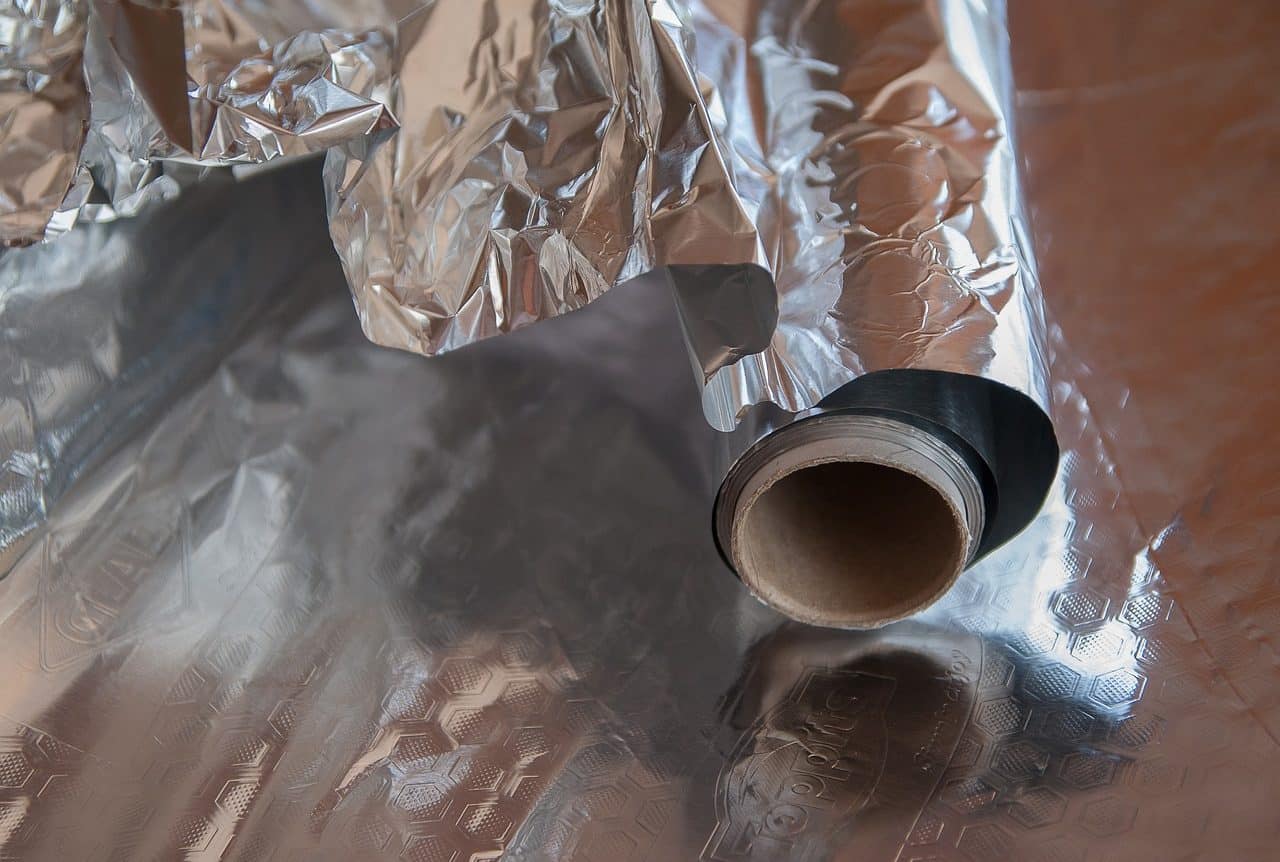
A thermal insulator opposes the flow of heat.
A thermal insulator is a material that has a high thermal resistance : that is, it opposes the flow of heat . A thermal material, therefore, stands as a wall between different media, preventing heat from passing through to equalize temperatures, as happens naturally.
It should be noted that the adjective isolator is used to describe that which isolates . The verb isolate, for its part, is linked to what makes it impossible for sound, electricity or something else to pass through or what causes something to be separated from other elements.
Thermal , on the other hand, is an adjective that is linked to temperature or heat . An object is generally said to be thermal when it has the ability to maintain its temperature unchanged.
Examples of thermal insulators
Suppose that a body has a temperature different from the temperature of the environment or from the temperature of another body with which it is in contact. In these cases, a heat transfer occurs to achieve thermal equilibrium : thermal energy is transferred from the body that has the highest temperature to the other. What a thermal insulator does is block that heat transfer.
A refrigerator (also called a refrigerator, refrigerator or refrigerator) maintains a temperature inside that is much lower than the temperature of the environment. Therefore, to prevent heat from the environment from passing into its interior, the appliance is hermetically closed with a thermal insulator.
heat transfer
It should be noted that heat is transmitted by conduction , convection , radiation and other methods.
Thermal insulators, faced with this reality, can act in different ways. Cork , aluminum , wool and straw are some of the most used thermal insulators.

Aluminum is a thermal insulator.
Plasterboard, a popular thermal insulator
In recent decades, a material has begun to be used in the construction or renovation of homes that stands out for its great power as a thermal insulator. This is the so-called plasterboard (also known as durlock or drywall ) and is a set of plasterboard laminated between layers of cardboard.
In addition to this quality, this material is in high demand because it allows you to enjoy other advantages:
- It has an affordable price and is much more affordable than other direct competitors.
- It is installed quickly and easily, with hardly any mess.
- It also offers excellent sound insulation.
- No less important is that plasterboard is a very light material.
- It has in its favor that it allows you to shape personalized elements and structures.
- It has remarkable resistance.
Other materials
In addition to what is indicated, we have to emphasize that there are many other types of thermal insulators, such as extruded polystyrene , mineral wool , eco- insulation , sandwich panels , expanded polystyrene and polyurethane .
Not forgetting, of course, the so-called light reflective products or glass and rock wool.
How to choose a thermal insulator
To choose the best thermal insulator, a series of aspects must be taken into consideration:
- The place where it is going to be placed and its characteristics.
- The price it has, in order to adapt to the pocket.
- If it is needed for a home where you stay for a season or all year round.
